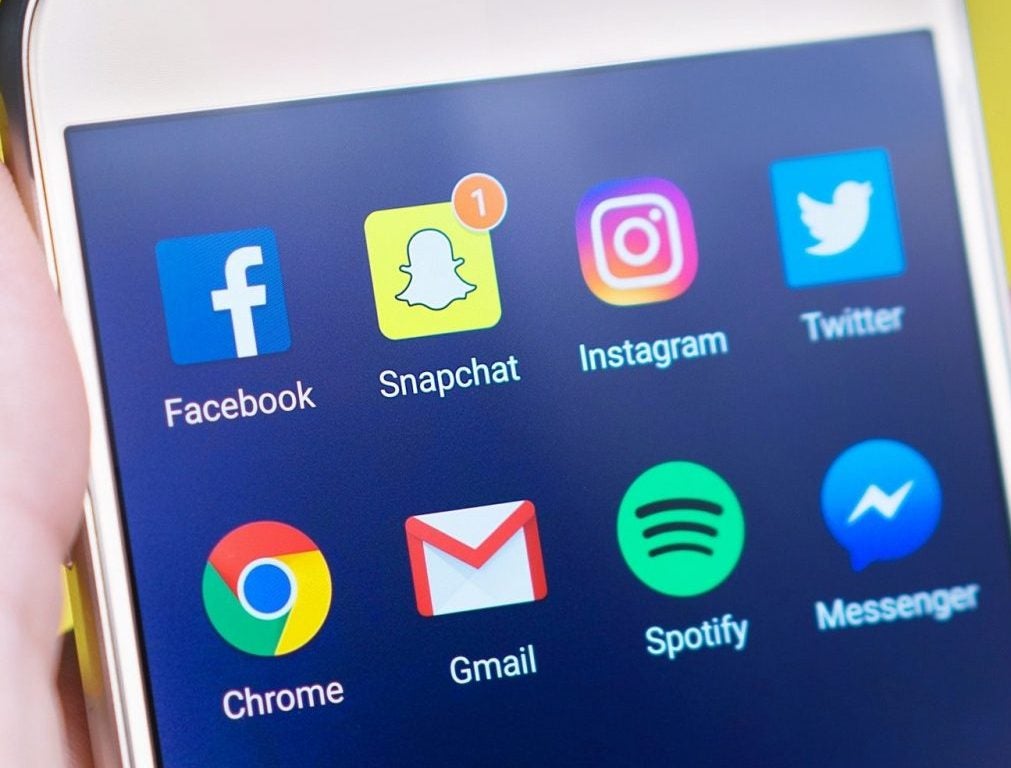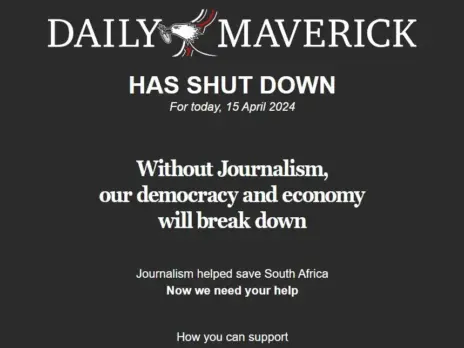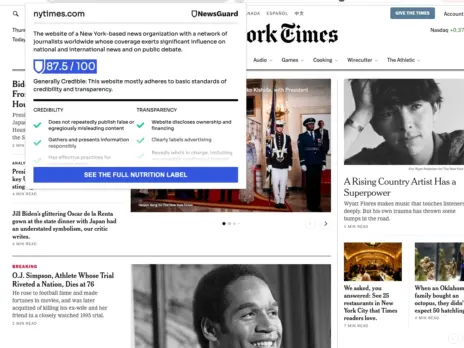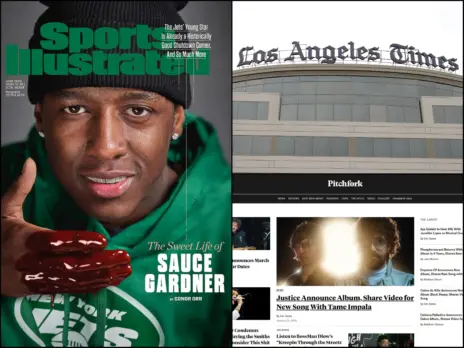
Half of all UK adults now use social media to get the latest news, according to a new survey by regulator Ofcom, with half also getting their news from newspapers, news websites and apps.
Some 49 per cent of 4,691 adults questioned in Ofcom’s annual survey of UK news consumption habits said they use social media for news, up from 44 per cent last year.
Nearly two-fifths (38 per cent) of UK adults get their news from newspapers, rising to 49 per cent when print is combined with newspaper wesbites and apps.
Overall, TV remains the most used platform for news among UK adults despite a slight drop from 79 per cent to 75 per cent in the past year.
BBC One remained the most-used news source (58 per cent) followed by ITV (40 per cent) and Facebook (35 per cent).
Scroll down for the top 20 most-used news sources
Eight per cent of adults said Facebook was the most important source they use, again behind only BBC One (24 per cent) and ITV (11 per cent).
More people are also using Twitter (up from 14 per cent to 16 per cent), Whatsapp (10 per cent to 14 per cent) and Instagram (9 per cent to 13 per cent) for news.
But social media was still rated lower than any of the other main news sources on trust, with just 38 per cent of those who regularly use it for news saying it is trustworthy.
Of the main social media platforms, Facebook was the least trusted by its users with 35 per cent calling it trustworthy, followed by 39 per cent for Instagram, 42 per cent for Snapchat and 43 per cent for Twitter.
This compared to a trust rating of 82 per cent for magazines, 71 per cent for TV, 67 per cent for radio, 66 per cent for print newspapers and 58 per cent for other internet sources including news websites.
Almost a quarter (22 per cent) of people said social media was likely to be their first port of call for breaking news. The medium was also the most favoured by 21 per cent of people for celebrity news, 19 per cent for headline news and 17 per cent for local news.
The number of social media users getting news directly from newsbrands on each platform was down across the board except on Snapchat (up from 60 per cent to 64 per cent).
The figures for Facebook show the effects of the platform’s algorithm change in early 2018 to favour posts from family and friends in a push for more “meaningful social interactions”.
Less than half of people who get news on Facebook get it directly from news organisations (47 per cent down from 52 per cent), while the number accessing it through friends and family on the platform increased (from 30 per cent to 35 per cent).
But those who do access news from newsbrands on Facebook are now more likely to engage with it, with the number clicking on posts jumping from 47 per cent to 62 per cent and the number looking at the comments section growing from 33 per cent to 45 per cent.
This pattern of increased engagement is replicated across news from other sources on Facebook as well as on Twitter and Snapchat.
For local news, there has been an increase in the use of social media (16 per cent to 21 per cent) and of newspapers’ websites or apps (9 per cent to 11 per cent).
TV remains the most popular platform for accessing local news, although the number of people who watch regional BBC broadcasts has gone down from 48 per cent to 42 per cent.
The list of most-used news sources compiled by Ofcom contains seven TV channels, four social media sites, four newspaper titles (print or digital format), three radio stations and two websites/apps.
When these sources are grouped into categories, the BBC has the highest audience reach overall despite a slight drop from 81 per cent last year to 78 per cent.
This is followed by ITN (provider of ITV News, Channel 4 News and 5 News) with a reach of 51 per cent, Sky (27 per cent) and Mail and Metro publisher the Daily Mail and General Trust (25 per cent).
Top 20 news sources (by % of survey respondents who said they use it for news – Ofcom):
| Rank | News source | 2019 | 2018 |
| 1 | BBC One | 58 | 62 |
| 2 | ITV/UTV/STV | 40 | 41 |
| 3 | 35 | 33 | |
| 4 | BBC website/app | 25 | 23 |
| 5 | BBC News channel | 23 | 26 |
| 6 | Sky News channel | 23 | 24 |
| 7 | Google search | 19 | 17 |
| 8 | Daily Mail/Mail on Sunday | 18 | 18 |
| 9 | Channel 4 | 17 | 18 |
| 10 | 16 | 14 | |
| 11 | 14 | 10 | |
| 12 | 13 | 9 | |
| 13 | BBC Radio 2 | 12 | 12 |
| 14 | Guardian/Observer | 11 | 11 |
| 15 | Sun/Sun on Sunday | 11 | 11 |
| 16 | BBC Two | 11 | 14 |
| 17 | Channel 5 | 10 | 10 |
| 18 | BBC Radio 4 | 9 | 10 |
| 19 | BBC Radio 1 | 9 | 9 |
| 20 | Metro | 9 | 10 |
Picture: Pexels
Email pged@pressgazette.co.uk to point out mistakes, provide story tips or send in a letter for publication on our "Letters Page" blog







